Today’s post is one of the most important articles I’ll ever write. Not because parabens are a big deal (because they’re not). But because of the message that I want to convey – the beauty world abounds with fictions. And sometimes those fictions are so loud and pervasive, they become accepted as fact.
Parabens is a perfect example.
The war against parabens is a classic case of real science getting lost, and fiction taking its place. How many times do you hear a company calling its products “paraben-free”?
Well, there is nothing wrong with parabens. Especially when you put it into context with other, far more harmful chemicals that we are exposed to.
Parabens are NOT toxic, carcinogenic, mutagenic, or sensitizing to human beings. They are perfectly safe for use in cosmetics, and this is supported by abundant data.
There have been more than 65 studies by independent scientists showing that there are no adverse effects from exposure to parabens (at much higher doses than those found in cosmetics). The FDA has reveiwed 110 studies and confirmed that they are safe for use in cosmetics.
Let’s look at the real truth about parabens.
What Are Parabens?
Parabens are a group of ingredients that are used as preservatives in cosmetics, food, and medicine. They keep the bugs out and extend the shelf life of a product. Without preservatives, products would spoil faster and become contaminated by harmful microorganisms (bacteria, mold, yeast, other fungi, and other microbes).
Parabens are easy to spot on a label. Their names contain the word “paraben”: methylparaben, ethylparaben, propylparaben, butylparaben, etc.
They have been used in the beauty, food, and medical industries for more than 80 years, and they have a long safety record. They have also been assessed and re-assessed multiple times by regulatory bodies around the world.
Parabens are quite effective as preservatives, which is why they’ve been used for so long in the industry. They do their job very well! And they are gentle on skin too, causing minimal irritation.
How Did Parabens Become Demonized?
So what happened then? How did parabens become the #1 villain in beauty?
In 2004, the following paper was published by a group of British researchers at the University of Reading: Concentration of Parabens in Human Breast Tumors, by P. D. Darbre, in the Journal of Applied Toxicology 24:5-13 (2004).
The authors detected traces of parabens in breast tumor tissue samples. The interpretation? Parabens in the products being studied (deodorants) could cause breast cancer.
This generated immediate and widespread critique by the scientific community. It turns out there was a major flaw with this study – the control group samples were contaminated by parabens of an unknown source. The researchers admitted that they did not know where those parabens came from. They could’ve come from a source other than the deodorants.
Peer reviews of this study showed that there is no causal link between the parabens and cancer.
And to date, no studies have proven that parabens cause cancer.
But Darbre’s study was picked up by the media and vocal consumer advocacy groups such as the Environmental Working Group and Campaign for Safe Cosmetics, which reinforced and perpetuated the erroneous findings. A media firestorm ensued. And parabens became forever demonized in our minds.
What you may not realize is that the author publicly REFUTED the interpretations in the study, in a letter to the editor of the journal later that year. You can read that letter in the Further Reading links below. Of course, no one told us that. The media didn’t “clarify” that.
Today, everyone believes parabens are bad for you. Cosmetic companies make a point of calling their products “paraben-free,” even when they know better. Why? Because consumers demand and expect it. It’s a business decision.
Established or reputable skincare companies know the real truth about parabens. The topic is discussed all the time in trade journals, as manufacturers and cosmetic scientists grapple with the enormous perception problem of so called “bad” ingredients.
What You Need to Know About Scientific Experiments (And Why You Shouldn’t Listen to People Who Haven’t Studied Science)
In cosmetics, parabens are used at a very low concentration – less than 1%.
In toxicity studies, chemicals are tested at very high concentrations. The goal of these studies is to administer a high enough dose of a substance to cause death or harm to the test subject. At an extremely high dose, nearly all chemicals are toxic. Even water is toxic if too much is ingested.
You cannot conclude that the same substance at a much lower dose – the same dose you’d find in a cosmetic product – would be just as toxic. You’d need to repeat the study at the same dose used in cosmetics.
In the ideal scenario, you’d repeat the study in human beings, not lab mice. Additionally, the manner of application matters (topical, injection, or oral) as well as the contact time (how long was the subject exposed?).
The problems begin when people who don’t have scientific training start making the wrong assumptions or drawing the wrong conclusions from medical toxicity studies.
It’s good to have advocacy groups on our side. We need that system of checks and balances in our society. But when it comes to medicine, health, nutrition, skin care, and cosmetics, specialized knowledge and training are required to interpret studies and analyze products.
Let’s Put Things In Perspective
The concern about parabens is over their potential to be endocrine disruptors.
Phytoestrogens are found in more than 300 food and cosmetic ingredients. For example, soy products, flaxseed, sunflower, sesame, garlic, green tea, tomatoes, oats, barley, buckwheat, and many other common plant foods that we take for granted.
Phytoestrogens mimic human estrogens but are not as strong. They are approximately 400 times weaker than human estrogens.
In comparison, parabens are 100,000 times weaker than human estrogens.
In order for parabens to have an estrogenic effect, the dosage would have to be at least 25,000 times the dosage used in cosmetics.
We Suffer the Consequences of Bad Information
Guess what has happened as a result of the paraben hysteria? Now that parabens have become unacceptable in the consumer’s mind, companies are forced to use new, less tested alternatives to parabens.
These new preservatives are less effective than parabens, and not as extensively tested. So now we’re left with weaker preservatives in our products with a question mark on long-term safety. Personally, I would feel safer with ingredients that have been well-researched over a longer period of time.
As for natural preservatives, they often need to be used at high concentrations, and even at high concentrations, they’re not as effective as synthetic preservatives. Additionally, natural preservatives contain ingredients like essential oils, which are considered allergens.
The challenge with creating new preservatives is that the R&D costs are extremely prohibitive – the cosmetics market is not large enough to justify this R&D investment. (But the industry is making an effort to find better alternatives.)
I think it is such a shame that the scientific community doesn’t have a louder voice. The other side of the story doesn’t get heard. It’s refreshing when people do speak up about it. And at the end of this post, you’ll find links to some posts so you can read what they have to say.
I also wish beauty companies would stop calling their products “paraben-free.” By continuing to call their products paraben-free, they only reinforce the fiction that lives on. But hopefully by now, you can see that this is a fiction.
Words of Advice
So what can you do as a consumer? It’s hard if you’re given the wrong information and there isn’t a strong counterweight.
There’s not much you can do except to take what you read with a grain of salt. Listen to warnings but also pay attention to the source. The organization or scientists doing a study – who are they? The people giving the advice – who are they? What is their background and what kind of training do they have? Do they have a scientific or medical background?
Too often today, there’s little or no accountability. I’m always coming across websites or social media accounts where people give advice but they don’t identify themselves. I almost never follow a site or account where the author has not identified himself. I’m far more likely to listen to someone who puts herself on the line than someone who chooses to remain anonymous.
By the way, you should know that I have no incentive whatsoever (financial or otherwise) to write this article. I don’t have a skin care line. I’m not trying to sell you anything. It makes no difference to me whether you use products with parabens or not. If anything, my writing this article may alienate those of you who are passionate about green beauty or natural beauty.
I wrote this article because I hate seeing us going backwards as a society. And backwards we are going if we embrace the wrong facts.
Like most people, I care about the ingredients that I put on my face or in my body. I’m actually quite vigilant about this.
But it doesn’t mean that natural is better. And besides, the word “natural” has no meaning anymore. Nearly every product today is made of natural and synthetic ingredients. Some natural ingredients can be very harmful (poisonous to us), while some synthetic ingredients are very beneficial to us. (Please read my Natural Skincare article for a deep look at this topic.)
Spread The Truth
Please help spread the truth about parabens. Tell your family and friends.
If you’re a beauty blogger, please don’t let the paraben myth live on by creating posts about the Dirty Dozen. Most of it is untrue. I’ll talk more about these other vilified ingredients in the future. The article links below cover some of them.
Further Reading
- The original paper that started it all: Concentration of Parabens in Human Breast Tumors, Journal of Applied Toxicology, 2014
- The author’s letter to the editor of the Journal of Applied Toxicology that refutes the interepretations of the original findings: Reply to Robert Golden and Jay Gandy
- A cosmetic chemist’s point of view written in an easy to understand, fact-based summary: To Paraben or Not to Paraben, Dr. Diana Howard, International Dermal Institute and VP of Research & Development for Dermalogica
- An article from the beauty trade press on parabens and other maligned ingredients: Ingredient Hysteria and Misconceptions, Skin Inc., January 2014
- Another article from the beauty trade press on ingredient myths: Controversial Ingredients: One Brand’s Perspective, GCI Magazine, December 2011
- A well-articulated blog post by makeup artist Kevin James Bennet: Reality Check – Parabens & Paranoia

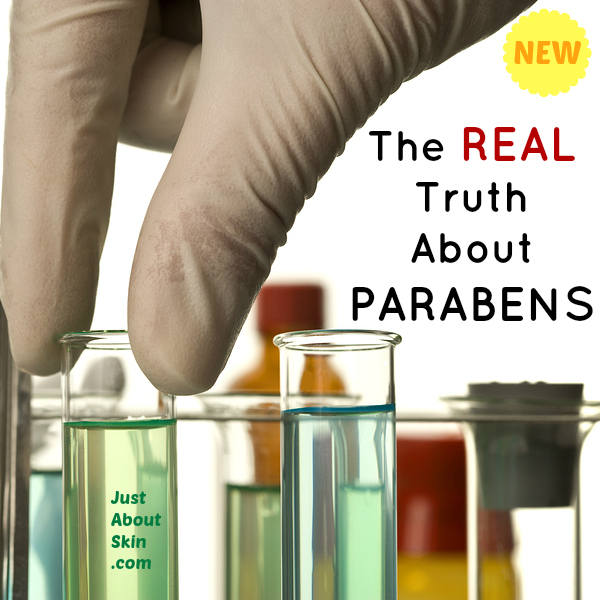
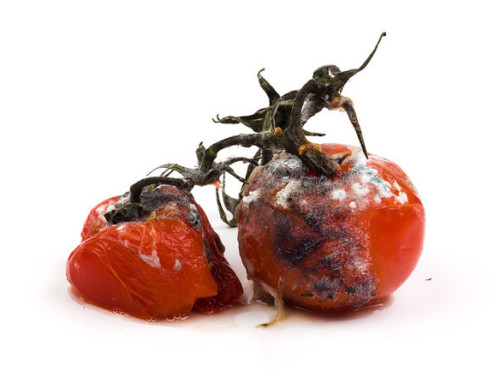


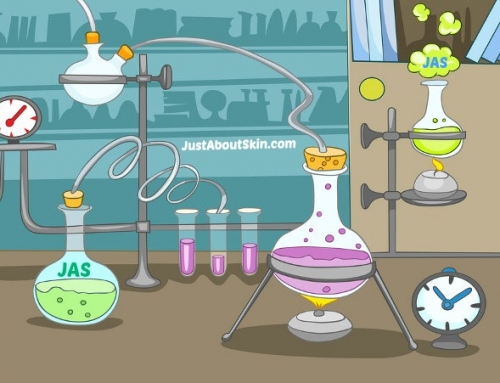
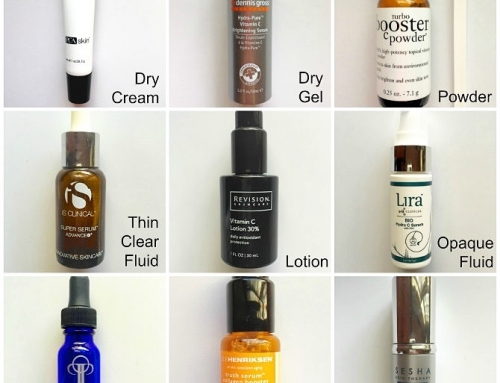
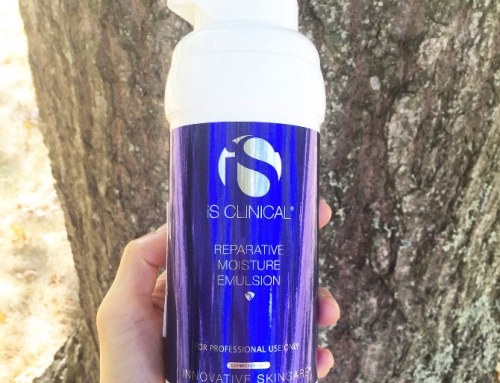
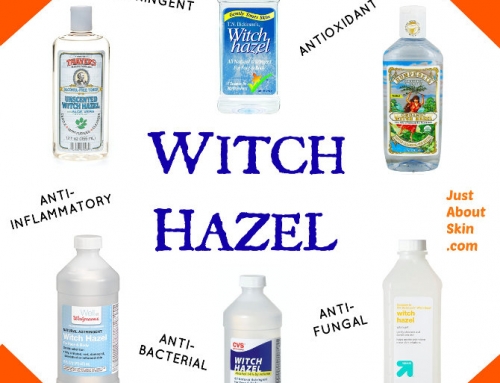



Superb post and excellent information- might I suggest you post this on your Instagram to help spread the word as there is so much misinformation about this topic! thanks so much 🙂
Thank you very much Surleen! I’m glad you found it informative and appreciate the suggestion. I did a post about parabens on Instagram around the same time as this article. But perhaps I will do a similar one later 🙂
Oh how interesting. It is so hard to know what to believe! I will take this into account. You have some great info on your blog. I am looking forward to a write up on Silicones because I was informed that silicones block antioxidants in other products when layering as it forms a film or barrier hence rendering them useless as the antioxidants can’t get through. I’m not sure if that is true or not. Does seem plausible In theory, but then so many products have silicones with antioxidants.
Silicones are tricky, and there is a lot of confusion about them. As you say, there are many products containing silicones. They improve the feel of a product and make it spread more evenly.
Most silicones block water from penetrating skin. This makes them popular in sensitive and barrier repair products because they minimize water loss and protect the barrier from getting dried out. Silicones can also increase the penetration of some ingredients (when the ingredients and silicones are together in the same product). So you don’t have to worry if a product has silicones with antioxidants.
The issue is adding something over it. Because silicones block water, a water-based serum with antioxidants will not penetrate as well if there is already a layer with a lot of silicones. But it really depends on the amount of it and their molecular weight. PS – I talk about them in the context of layering here.